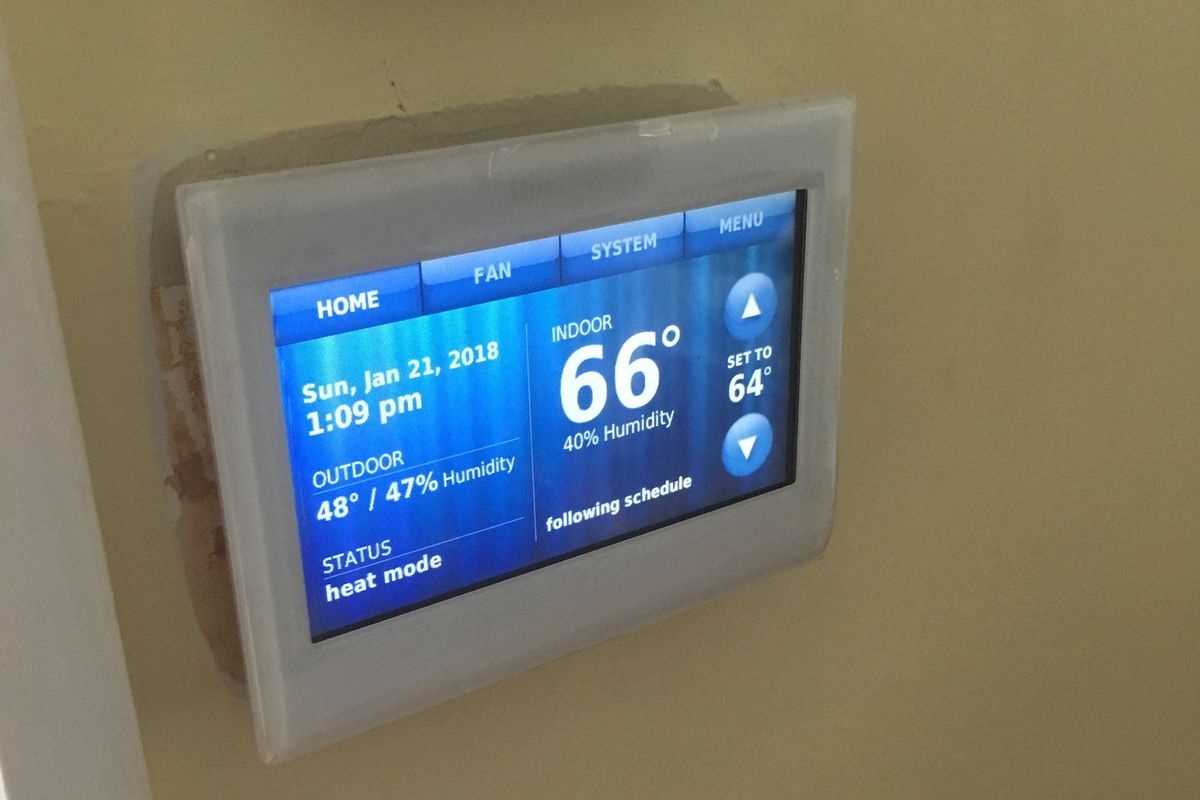Like GearBrain on Facebook
July 10 2024
With rising energy costs, many homeowners are wondering whether smart thermostats can really save them money. According to the U.S. Department of Energy, smart thermostats can potentially reduce heating bills by 10 to 12 percent and cooling bills by about 15 percent annually. This reduction is achieved by optimizing heating and cooling schedules based on daily habits and external weather conditions.
Smart thermostats, such as those certified by Energy Star, often save users an average of 8% on heating or cooling, translating to about $50 per year on their energy bills. Additionally, brands like Nest claim savings of up to 10-12% on heating and 15% on cooling costs. These savings can quickly add up, making the initial investment in a smart thermostat worthwhile for many.
Moreover, advanced features like remote sensors and smart home integration provide additional comfort and convenience. For example, some can anticipate weather changes, adjusting your home's temperature in advance to keep it comfortable during heat waves or cold snaps. These combined benefits show the growing appeal of smart thermostats for cost-conscious homeowners.
What is a Smart Thermostat?

Smart thermostats make controlling heating and cooling systems easier by learning user preferences and making automatic adjustments. They offer advanced features that enhance comfort and energy efficiency.
A smart thermostat is an internet-connected device that allows users to control their home's temperature remotely via smartphone apps, tablets, or computers. These devices often come with intuitive interfaces and advanced programming capabilities. They use data from sensors and algorithms to optimize heating and cooling cycles.
How They Work
Smart thermostats utilize sensors to monitor temperature, humidity, and occupancy. They gather data and learn user habits over time. They adjust the HVAC system to optimize energy use by analyzing this information. They also send alerts for maintenance issues or extreme temperatures, offering peace of mind and enhanced control.
Comparing Traditional vs. Smart Thermostats

Traditional thermostats require manual adjustments or basic programmable settings. They lack the advanced features of smart models, making them less efficient in maintaining comfort and saving energy.
Smart thermostats, on the other hand, automatically adjust settings based on user behavior and external conditions. They can significantly reduce energy costs by learning preferred temperatures and adjusting accordingly.
The ability to create more complex schedules and integrate with other smart devices makes smart thermostats a more versatile and efficient option for modern homes. Integrating with air conditioning ensures optimal comfort with minimal manual intervention.
Analyzing the Savings
Smart thermostats offer a range of benefits, including energy efficiency and cost savings. This section examines how much money you can save, the key factors, and the long-term financial benefits.
To calculate your potential savings, compare your current energy usage with expected reductions. For example, if your annual energy cost for heating is $1,000, a 10% reduction could save you $100 annually.
Long-Term Financial Benefits
Investing in a smart thermostat offers more than short-term savings. Consistent energy reductions accumulate over time, offering significant financial benefits. Energy savings can recoup the device's initial cost within a few years.
Additional benefits include improved home comfort and potential rebates from energy companies for installing energy-efficient devices. By reducing energy consumption, the household's overall carbon footprint decreases, contributing to environmental conservation.
Enhanced control features, such as remote smartphone access, provide convenience and potentially lower maintenance costs by maintaining optimal system performance.
For a detailed exploration of potential savings, we encourage you to read this article on Digital Trends.
From Your Site Articles
- Best Connected Smart Thermostats To Help You Keep Your Cool ›
- Nest smart thermostat now spots potential HVAC problems before you do ›
- Top smart thermostats to automate the heating and lower your bills in 2024 ›
- People are buying smart thermostats, and installing them on their own ›
- Ecobee smart thermostats gain Peak Relief mode to save you money ›
Related Articles Around the Web
Like GearBrain on Facebook
July 10 2024
The Conversation (0)
GearBrain Compatibility Find Engine
A pioneering recommendation platform where you can research,
discover, buy, and learn how to connect and optimize smart devices.
Join our community! Ask and answer questions about smart devices and save yours in My Gear.

Top Stories
Contact Us
- info@gearbrain.com
- 646-376-7760
- 215 West 40th Street, 6th Floor
- New York, NY 10018

